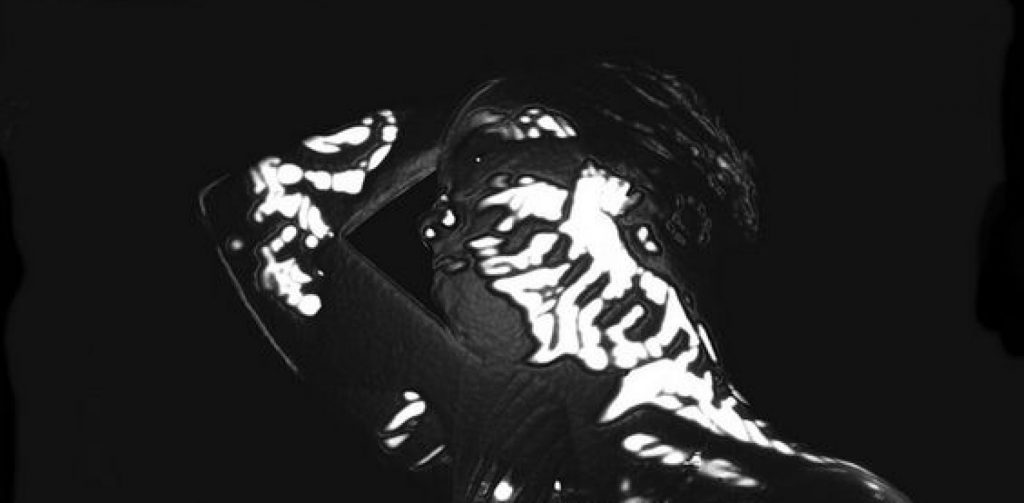https://drive.google.com/drive/folders/1fLj4Zven0avLMuofNT0hPsyhPM7sbZGP?usp=sharing
Here is the link for my field recordings, of which there were eight in total. I am very pleased with how these turned out, as they all have so much depth and texture, as well as enough space between sonic events that it would be easy to sample. My intention was to use the ambisonic space to construct vague sketches of compositions, all the time thinking about positioning, intensity, texture and volume. The nature of the ambisonic microphone allowed me to capture distance in more of a controlled way, and I think this worked particularly well in recording 005 where I found a rusted metal pole and scraped it along a less destroyed, larger pole that I positioned just above the recorder. The angle of the pole allowed me to essentially pan the sound from left to right and high to low simultaneously, which resulted in a strikingly dynamic and intimate sound that fluctuated between close detail and more of a bold ambience depending on how close it was to the microphone. Upon listening back I came to realise that the distance and pressure applied to an object would act as the processing in real time, for example gently scraping the poles right next to the microphone would have a low noise, detailed sound as if a compressor had been added, and a more purposeful stroke further away would result in a cavernous reverberated sound with occasional vague delays.
It was a poignant moment for me because the process made me understand the beauty of field recording, and the idea that you do not need to run these sounds through extensive effects chains on a computer to achieve the desired effect – instead it was more about how I could use the space and surroundings to my advantage, and work in unison with the area around me to conjure these exciting sounds. Don’t get me wrong, I love the idea of post processing and heavily affecting recordings, but there was a subtlety and child like enthusiasm that this processed forced out of me that I don’t think working with samples on a computer could. The curiosity of delving deeper into the sonic capabilities of an object, and then two objects, and then how that object can interact with everything else definitely struck me and expanded my thinking a bit more.
I feel like I recorded enough diverse sound content, spanning through all the frequency ranges and ranging from aggressive and dense to soft and delicate. This means that I have an enormous amount of sounds to work with. Furthermore, this experience reinforces my idea of your perspective on the world and the worlds subsequent perspective of you. I feel that through this recording process, the two perspectives collided, or in other words two worlds collided. The world that I was generating in my mind before actually starting to record and interact was totally different to the world I was generating when I did begin. I felt a connection between myself and my surroundings, as if we were one. Often I feel that the world around me doesn’t understand me, or maybe I just don’t understand it, or maybe even both, but when the two parties begin to immerse themselves in one another beautiful things happen. I think this process has strengthened my concept, which will focus on creating a composition that basically scores the moment when worlds collide. This could be interpreted in many ways which is why I think it is a great idea, as it could mean a your perception of life clashing with someone elses, or your surroundings becoming less familiar to you and you then reacting to that, or even the moment of realisation that your inner world and the world around you are different, but can merge to become one.
